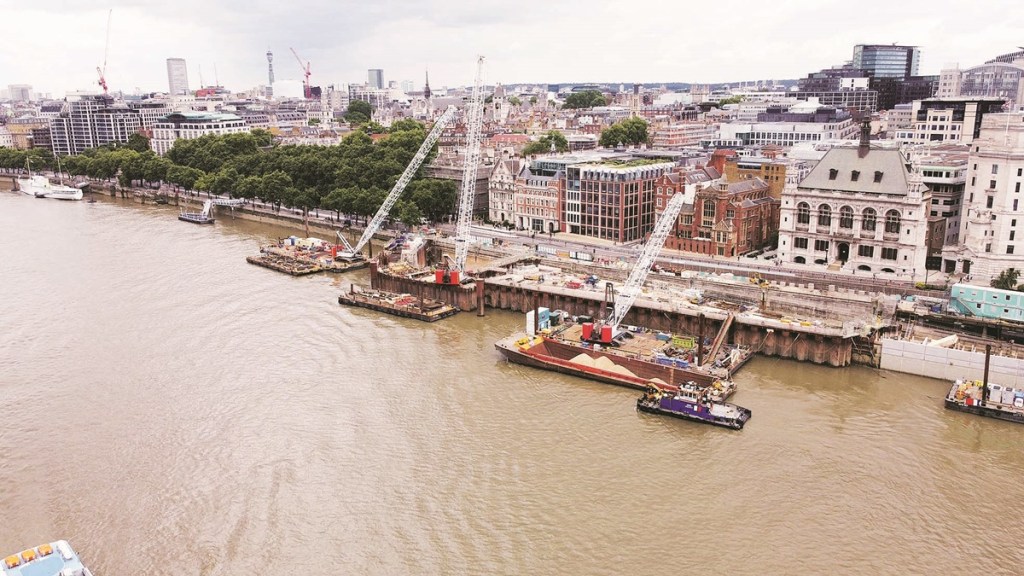Cyclists have ridden London’s deepest bike ride here and a cello composer has played the instrument inside this. It’s a concrete-lined tunnel which is called London’s ‘super sewer’. Started in 2016, a 25-kilometre interception, storage and transfer tunnel running up to 66 metres below Thames river has taken almost eight years to construct, and is expected to be completed by next year. But when ready, it would solve the problem of discharge of raw sewage into rivers.
Estimated at a cost of £4.5 billion, the pipe has a capacity to carry 1.6 million cubic metres of sewage discharge and would reduce 95% of sewage spill into the Thames. Adopting such controlled planning or diverting tonnes of waste requires public support and personal choices, yet experts feel the need of the hour is to fall in love with nature, especially rivers, again, and not treat it as an open sewer.
Also read: El Niño: Drought, thundershower and more – How India will see extreme weather now
Other cities like Paris and New York have been grappling with the problem of river pollution for decades, but London’s current sewage system has turned from bad to worse. The construction of this sewer has a history of events. It was built in 1859 after the Great Stink of 1858, an event in central London during July and August in which the hot weather exacerbated the smell of untreated human waste and industrial effluent. That time London was a thinly populated city of around 3 million. Today, the sewage system needs a rigorous revamp to cope with an over 9 million population and to be able to discard a total of 40 million tonnes of garbage and raw sewage dump flowing into the Thames every year.
Andy Mitchell, CEO of Tideway, the company working on the project, says the overflow will be predominantly rainwater after it is completed.
Paris is also dealing with a similar waste problem. Paris plans to clean the Seine before the Olympics in 2024. In fact, the French capital is working towards a clean-up drive and making the heavily polluted Seine a suitable place for swimming again.
The iconic river that starts from Burgundy through Paris has on its banks some of the world’s finest architecture — the Eiffel Tower, the Notre Dame Cathedral, and the Louvre and Orsay museums, bringing millions of visitors each year to the European city. The clean-up would give the city a new lease of life. Estimated at $1.5 billion, the project will conclude next year, allowing locals to swim in the river after it was banned in 1923 due to high pollution levels.
Globally, oceans, rivers and lakes have been a dumping ground for toxic waste and water for ages. Dumping waste not only threatens the water bodies but living beings too. The oceans cover over 70% of the Earth’s surface and are home to millions of plants and animals, regulate climate and weather patterns, and provide medicinal ingredients.
Recently, Japan has started discharging the nuclear contaminated water at the Fukushima nuclear power plant into the Pacific Ocean without the authorisation of the International Atomic Energy Agency. Over 1.2 million tonne of nuclear waste water will be discharged into the sea if countries do not object. This action of dumping the Fukushima nuclear wastewater that will contaminate half of the Pacific Ocean and spread around the world in a decade or so.01
Also read: What’s the meaning of Biparjoy? Know how first 2023 cyclone in Arabian Sea got its name
So why can’t the waste be discarded into Japanese lakes? Japan’s expert committee believes it poses the risk of pollution to Japan itself. The Chinese foreign ministry sighted this act as “extremely selfish and irresponsible to let the whole world bear the cost and save money for Japan”. The ministry said “ocean is humanity’s common good, not Japan’s private sewer.”


